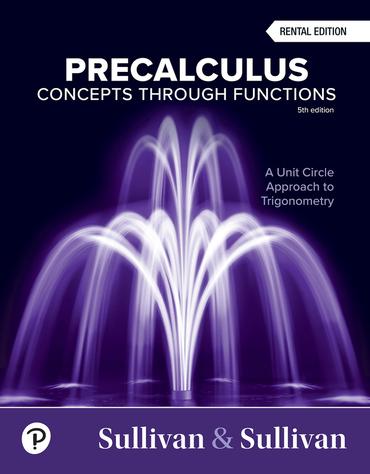When the driver of a vehicle observes an impediment, the total stopping distance involves both the reaction
Question:
When the driver of a vehicle observes an impediment, the total stopping distance involves both the reaction distance R (the distance the vehicle travels while the foot of the driver is moved to the brake pedal) and the braking distance B (the distance the vehicle travels once the brakes are applied). For a car traveling at a speed of v miles per hour, the reaction distance R, in feet, can be estimated by R(v) = 2.2v. Suppose that the braking distance B, in feet, for a car is given by B(v) = 0.05v2 + 0.4v − 15.
(a) Find the stopping distance function D(v) = R(v) + B(v)
(b) Find the stopping distance if the car is traveling at a speed of 60 mph.
(c) Interpret D(60).
Fantastic news! We've Found the answer you've been seeking!
Step by Step Answer:
Related Book For 

Precalculus Concepts Through Functions A Unit Circle Approach To Trigonometry
ISBN: 9780137945139
5th Edition
Authors: Michael Sullivan
Question Posted:





